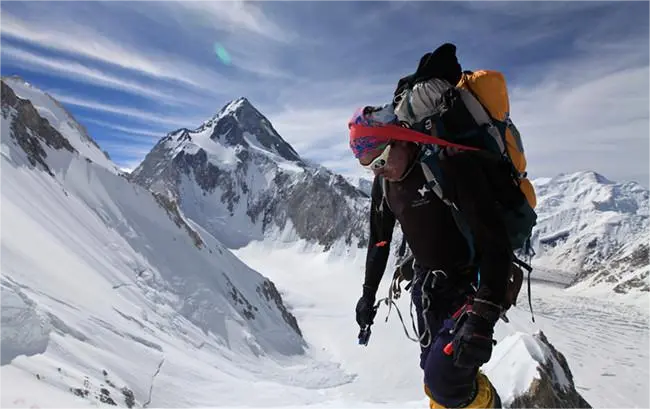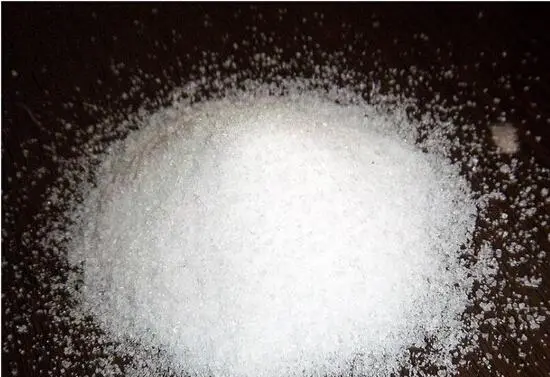Performance textiles have grown rapidly in recent years. This is because multifunctional fabrics are becoming more popular. Sportswear and fashion utilize them. Capturing this profitable market is now as much an art as a science. How can brands and manufacturers do it?
What are performance textiles?
Engineers create performance textiles for multifunctional garments. Textiles perform better due to many methods. These include fiber choice, chemical treatment, and production stages. These stages include dyeing, coating, and lamination.
Performance textiles in the market:
Outdoor clothing (e.g. mountaineering clothing)
Sportswear (e.g. swimwear)
Sportswear (e.g. gym wear)
Accessories (e.g. leggings)
Medical textiles (e.g. masks and gowns)
Home textiles (e.g. pillowcases)
The Quick Dry Test for textiles assesses how fast textiles dry when wet. This is important for sportswear and outdoor equipment. It’s also important for other products that need to dry fast.
Good quick drying properties have the following advantages for garments:
In wet weather, quick-drying garments evaporate water fast. This reduces drying time and makes them easier to carry while travelling. They take up less space and weigh less.
Quick-drying clothing keeps the wearer’s body dry and cool. This reduces discomfort from sweat. It improves the comfort when exercising.
When exercising in cold weather, quick-drying clothing reduces the feel of wetness and cold. Wet clothing makes you lose body heat fast. But, quick-drying clothing wicks away moisture faster, keeping the body warm.
Wet clothing increases friction against the skin. This can lead to discomfort or abrasion. Quick-drying clothing reduces this friction. It dries quickly, for a better, more comfy fit.
Quick-drying clothes save energy. They reduce reliance on the dryer, and so cut electricity bills. They also lessen the impact on the environment. Even without a dryer, quick-drying clothes dry fast in the air. This saves time waiting for the clothes to dry.
Below is a detailed explanation of the three aspects of quick-drying performance:
Water Absorption:
Water absorbency is the ability of a fabric to quickly absorb moisture from the skin. This property ensures that when the wearer is active. The fabric quickly absorbs sweat. This keeps the skin dry.
Highly absorbent fabrics often use special fibres or treatments. For example, they may use super-absorbent polymers. Or, they may use fibers with special microstructures. These things improve water absorption.
Moisture wicking:
Moisture wicking describes how a fabric absorbs moisture and moves it to the other side. This takes it away from the body and speeds up drying.
The fabric’s fibre structure creates this property. It uses fibres with good core-wicking. It also uses special weaving or knitting to speed moisture transfer.
Drying rate:
Drying rate is how fast a fabric absorbs and then evaporates moisture. It returns to a dry state.
The drying rate depends on the fabric’s material and structure. It also depends on the environment. This includes temperature, humidity, and wind speed. Some fabrics have their evaporation rates increased by special coatings or finishes. This includes the use of hydrophobic treatments or adding microporous structures.
Testing process:
1.1 Water Absorption
1.1.1 Cut 3 specimens, each of which should be at least 10cmX10cm in size. The specimens should be flat and wrinkle-free. This ensures that the selvedge yarns do not fall off during the test.
1.1.2 Put the specimen under normal air (6.1). This will adjust the moisture balance.
1.1.3 Using a balance, weigh the original mass of the specimen, m, to the nearest 0.001g.
1.1.4 Put the specimen into a container with three water levels. The specimen absorbs water and sinks. If the specimen can not sink on its own, press it into the water and then lift it. Repeat 2 to 3 times.
1.1.5 The specimen in the water was completely moist 5min after taking it out. It naturally spread out vertically in the specimen hanging device (5.3). The specimen in the water dripped off.
1.1.6 Pay attention to observation. When the specimen stops dripping, weigh it. Do this right away. Weigh it accurately to 0.001 g. When the time between the two water drops is at least 30s. Then, we can assume that the specimen is no longer dripping!
1.2 Drip diffusion time
1.2.1 Cut 3 specimens. Their size should let them fit in the holder and not block water droplets. The specimens should be flat and wrinkle-free.
1.2.2 Under standard atmospheric conditions (6.1), we will place the specimens. This is for moisture balance.
1.2.3 Place the specimen flat on the holder, skin side up. Be careful not to deform it. Use a dropper to take some water. Put one drop (about 0.05mL) on the specimen. The dropper should be within 1cm of the specimen’s surface at a 45° angle.
1.2.4Watch the water droplets spread. Use a timer to see when they touch the sample and lose their shine. Measure the time accurately to 0.1s. If the test result is less than 1s, record the diffusion time as <1.0s. If the droplets spread slowly for a time, say 60s, after they start spreading, then you can stop the test. Record the diffusion time as greater than the set time, e.g., >60s. Setting time (e.g. >60s)
1.2.5 Calculate the average diffusion time before and after washing for three specimens. The results of the wash modified the times to 0.1s.
1.3 Drying rate
1.3.1 Cut 3 specimens. Each must be at least 10cmX10cm. This size prevents moisture from reaching the edges. The specimens must be flat and unwrinkled. This keeps the yarn from falling off during the test.
1.3.2 Place the specimen under standard atmospheric conditions (6.1) to adjust the moisture balance.
1.3.3 First weigh the original mass of the specimen m., weighing mass accurate to 0.001 g. Use a micropipette (5.2) to suck up 0.2 ml ± 0.01 ml of water. Drop the water in the middle of the specimen. This ensures the specimen absorbs all the water drops. Then, quickly weigh the water drop on the specimen. After that, quickly put the specimen in the air at standard pressure. It should hang naturally in a spreading position. Weigh the mass m every (3±0.2) min. The test stops when the moisture mass drops below 10% of the water added. Or, it stops after 60 min.
Note: If the sample moisture drying speed is faster, the continuous weighing time interval can be appropriately shortened (such as 2min or 1min, etc.).
If the droplets can’t diffuse. If the specimen still cannot absorb after 60 seconds, we can stop the test. One can report that the specimen cannot absorb water and that one cannot determine the drying rate.
1.4 Core suction height
According to the provisions of FZ/T01071. Cut 6 specimens. Three have their long side parallel to the fabric in the lengthwise direction. The other three have their long side parallel to the fabric in the widthwise direction. Record the lowest core suction height at 30min. Find the average of the lowest core suction heights of the 3 specimens. Do so in 2 directions, before and after washing. Trim the result to 1mm. The final core suction height is the larger of the long or wide direction.
Summary
Currently, moisture-absorbent quick-drying fabrics on the market are just fibres and finishings. The fibers are mainly polyester or nylon. Manufacturers shape them into a cross-shape, Y-shape, H-shape, and other forms. The grooves on the surface of the fiber channel sweat to the outer layer. There, it evaporates. Some fibers form a honeycomb structure that functions similarly. The finishings, like TF-620 on polyester knits or Hydroperm NPU liq on ammonia knits, use agents. They make the fabric dry quickly. But, their quick-drying effect weakens with washing. So, the durability of their quick-drying function needs study.
For more information on textile testing methods/standards
or textile testing machines, contact us:
What’s App: +86 180 2511 4082
Tel: +86 769 2329 4842
Fax: +86 769 2329 4860
Email: medium@chiuvention.com


